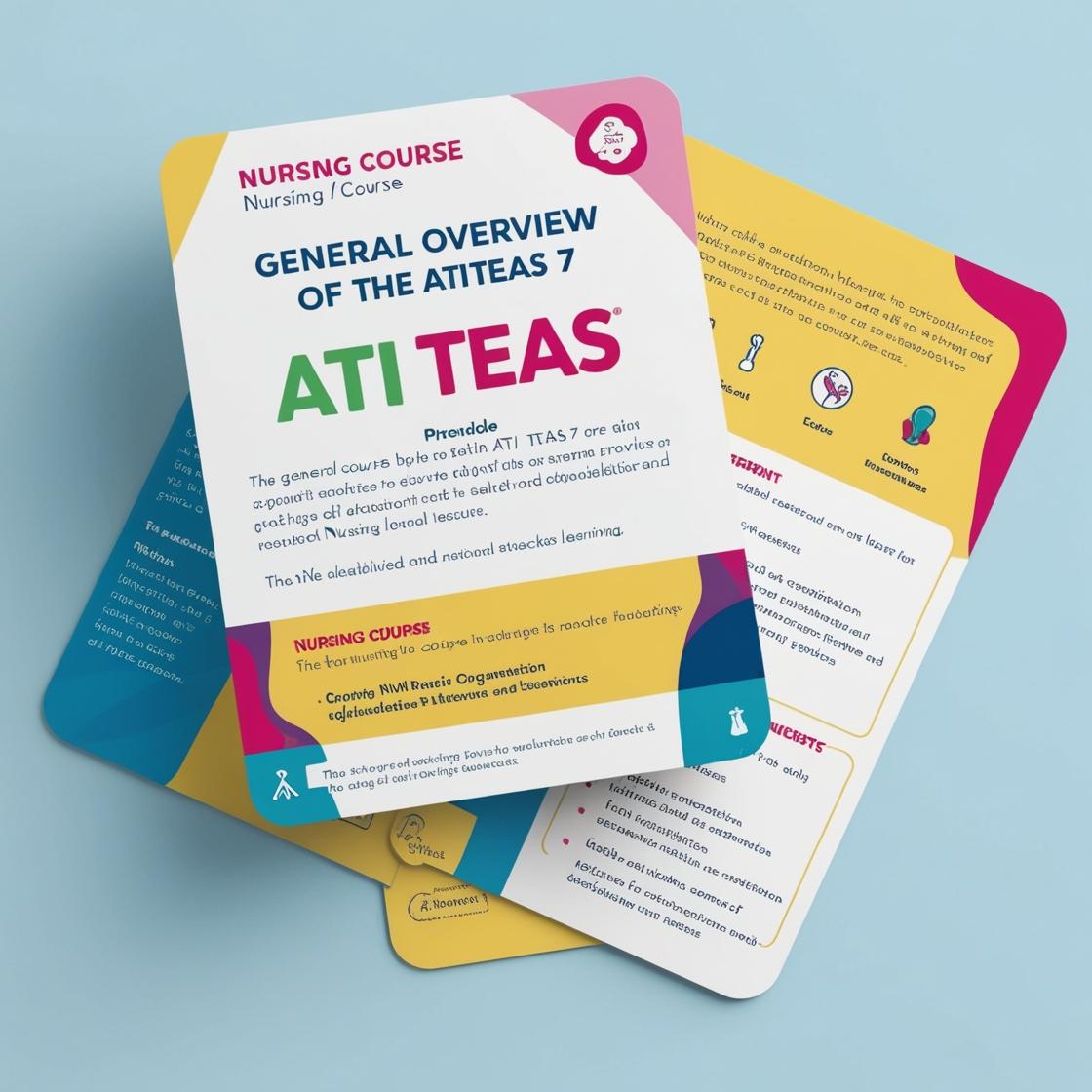ATI TEAS 7
ATI TEAS 7 Science Practice Test
1. What is the process of changing from a liquid to a gas called?
- A. Freezing
- B. Condensation
- C. Vaporization
- D. Sublimation
Correct answer: C
Rationale: The correct answer is C: Vaporization. Vaporization is the process by which a substance changes from a liquid state to a gas state. Choice A, Freezing, is incorrect as it refers to the process of changing from a liquid to a solid. Choice B, Condensation, is incorrect as it describes the process of changing from a gas to a liquid. Choice D, Sublimation, is incorrect as it involves changing directly from a solid to a gas without passing through the liquid state.
2. Which of the following best describes one of the roles of RNA?
- A. Manufacturing the proteins needed from DNA
- B. Creating the bonds between the elements that make up DNA
- C. Sending messages about the correct sequence of proteins in DNA
- D. Forming the identifiable double helix shape of DNA
Correct answer: C
Rationale: The correct answer is C. RNA serves as a messenger that carries instructions from DNA for protein synthesis. It does not manufacture proteins directly from DNA (choice A), create bonds within DNA (choice B), or form the double helix structure of DNA (choice D). Therefore, the primary role of RNA is to convey information about the correct sequence of proteins to be synthesized based on the DNA sequences it receives.
3. Where does gas exchange occur in the human body?
- A. Alveoli
- B. Bronchi
- C. Larynx
- D. Pharynx
Correct answer: A
Rationale: The correct answer is A: Alveoli. Gas exchange occurs in the alveoli, which are tiny air sacs in the lungs. Oxygen from the air we breathe diffuses into the blood vessels surrounding the alveoli, while carbon dioxide from the blood diffuses into the alveoli to be exhaled. The bronchi, larynx, and pharynx are all part of the respiratory system but are not directly involved in gas exchange. The bronchi are airways that lead to the lungs, the larynx is the voice box, and the pharynx is the throat. These structures are important for breathing and vocalization but do not participate in the exchange of gases between the respiratory system and the circulatory system.
4. Which of the following is a constant?
- A. The number of protons in an oxygen atom
- B. The temperature at which iron ore will melt
- C. The human population size
- D. The time the sun rises each day
Correct answer: A
Rationale: The number of protons in an oxygen atom is a constant. This value is determined by the atomic number of the element and does not change regardless of the isotope of oxygen. The number of protons defines the element and remains consistent under normal conditions. Choices B, C, and D are not constants. The temperature at which iron ore will melt can vary depending on factors like pressure, the human population size is constantly changing, and the time the sun rises each day varies with the seasons and location.
5. How do hydrogen bonds in water affect its characteristics?
- A. Hydrogen bonds are not polar enough to attract non-polar molecules.
- B. Hydrogen bonds cause water to be less dense when it is a solid than when it is a liquid.
- C. Hydrogen bonds cause water to have high surface tension, allowing some organisms to move across it.
- D. Hydrogen bonds cause water to be a good solvent.
Correct answer: C
Rationale: Hydrogen bonds in water contribute to its high surface tension, enabling some organisms to move across the water's surface. This property is essential for certain insects and small animals that rely on surface tension to move or stay afloat on water. Choice A is incorrect because hydrogen bonds are polar and can attract polar and other charged molecules. Choice B is incorrect as hydrogen bonds make ice less dense than liquid water, which is a unique property. Choice D is incorrect as the ability of water to act as a good solvent is primarily due to its polarity, not just hydrogen bonding.
Similar Questions

Access More Features
ATI TEAS Premium Plus
$149.99/ 90 days
- Actual ATI TEAS 7 Questions
- 3,000 questions with answers
- 90 days access
ATI TEAS Basic
$99/ 30 days
- 3,000 Questions with answers
- 30 days access
